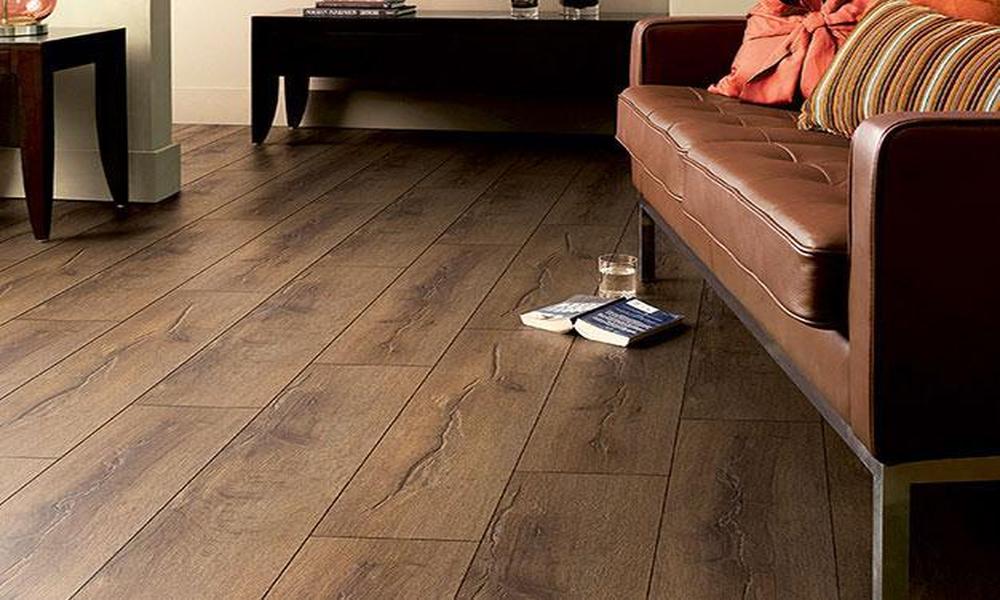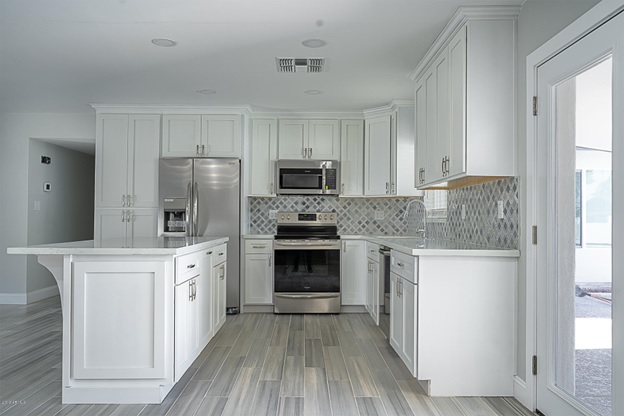Positive Differences between Solid and Engineered Wooden Flooring
Wooden flooring is a popular option among homeowners for its natural beauty and durability. There are two main types of wooden flooring: solid wood and engineered wood. While both have their advantages, this article will focus on the positive differences between solid and engineered wooden flooring.
Solid Wood and Engineered Wood
Solid wood flooring is made from one solid piece of wood that is typically 3/4 inch thick. The planks are usually made from hardwoods like oak, maple, or walnut and can be sanded and refinished multiple times.
Engineered wood flooring, on the other hand, is made up of multiple layers of wood that are glued together. The top layer is a thin piece of hardwood veneer, while the bottom layers are made up of plywood or high-density fiberboard (HDF). Engineered wood can also be sanded and refinished, but typically not as many times as solid wood.
Stability
One of the biggest advantages of engineered wood flooring over solid wood is its stability. The multiple layers of wood and adhesive used to create engineered wood make it less prone to expanding and contracting with changes in humidity and temperature. This makes it an ideal choice for areas with fluctuating moisture levels, like basements or kitchens.
Durability
Solid wood flooring is known for its durability and can last for generations with proper care. It can withstand heavy foot traffic and can be sanded and refinished to remove scratches and other damage. Engineered wood is also durable, but typically not as much as solid wood. However, because the top layer of engineered wood is made from hardwood, it can still provide a similar look and feel to solid wood.
Installation
Solid wood flooring is typically nailed or stapled to a subfloor, which can be time-consuming and require specialized tools. Engineered wood, on the other hand, can be installed using a variety of methods, including glue-down, nail-down, or floating. This makes engineered wood a more versatile option for installation in a variety of settings.
Cost
Solid wood flooring is typically more expensive than engineered wood due to its higher quality and durability. Engineered wood can provide a similar look to solid wood at a lower cost, making it a more budget-friendly option.
Sustainability
Both solid and engineered wood can be sustainable options, but engineered wood may be the more eco-friendly choice. Because it uses less hardwood than solid wood, engineered wood can help conserve natural resources. Additionally, many manufacturers use recycled or reclaimed wood in the production of engineered wood, further reducing its environmental impact.
Conclusion
When it comes to choosing between solid and engineered wooden flooring, there are several positive differences to consider. Engineered wood is more stable, versatile in installation, and often more eco-friendly, while solid wood offers unparalleled durability and a timeless look. Ultimately, the decision comes down to personal preference and the specific needs of each homeowner.








